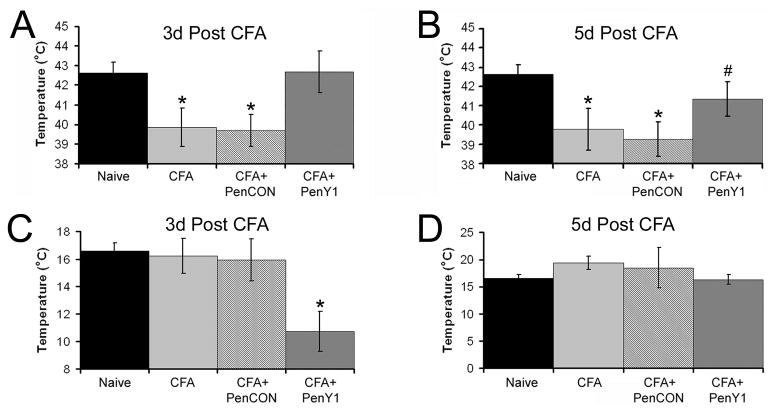Figure 3. Heat and cold thresholds of CPM neurons before and after CFA injection into the hairy hindpaw skin.
Polymodal C-fibers (CPM) showed a significant reduction in thermal threshold at three and five days after CFA (n=32, three days and n=19, five days) or with injection or non-targeting control (PenCON; n=31, three days and n=18, five days) siRNAs. p value < 0.02*. However injection of P2Y1 targeting siRNAs plus CFA (PenY1; n=29, three days and n=18, five days) resulted in a complete block of the CFA induced decrease in CPM heat threshold (Panel A) compared to naïve (n=60) mice at three days. p value < 0.2 compared to naïve and p value < 0.05 compared to inflamed conditions. The decrease in the CPM heat threshold remained under the control conditions at five days (p value < 0.05) but CPM fibers in mice that received injection of P2Y1 siRNAs during inflammation were also beginning to decrease as heat thresholds were not statistically different between any of the other three conditions at this time point (Panel B). Cold threshold in CPM neurons is unaffected by CFA (n=8, three days and n=8, five days) or PenCON plus CFA (n=12, three days and n=4, five days) at both time points tested; however inhibition of P2Y1 at three days (n=10) significantly reduced the cold threshold of these fibers (Panel C), which recovered by five days (n=9; Panel D). *p value < 0.05 relative to naives, # p value < 0.05 relative to PenCON plus CFA but not different from naïve or CFA alone.

